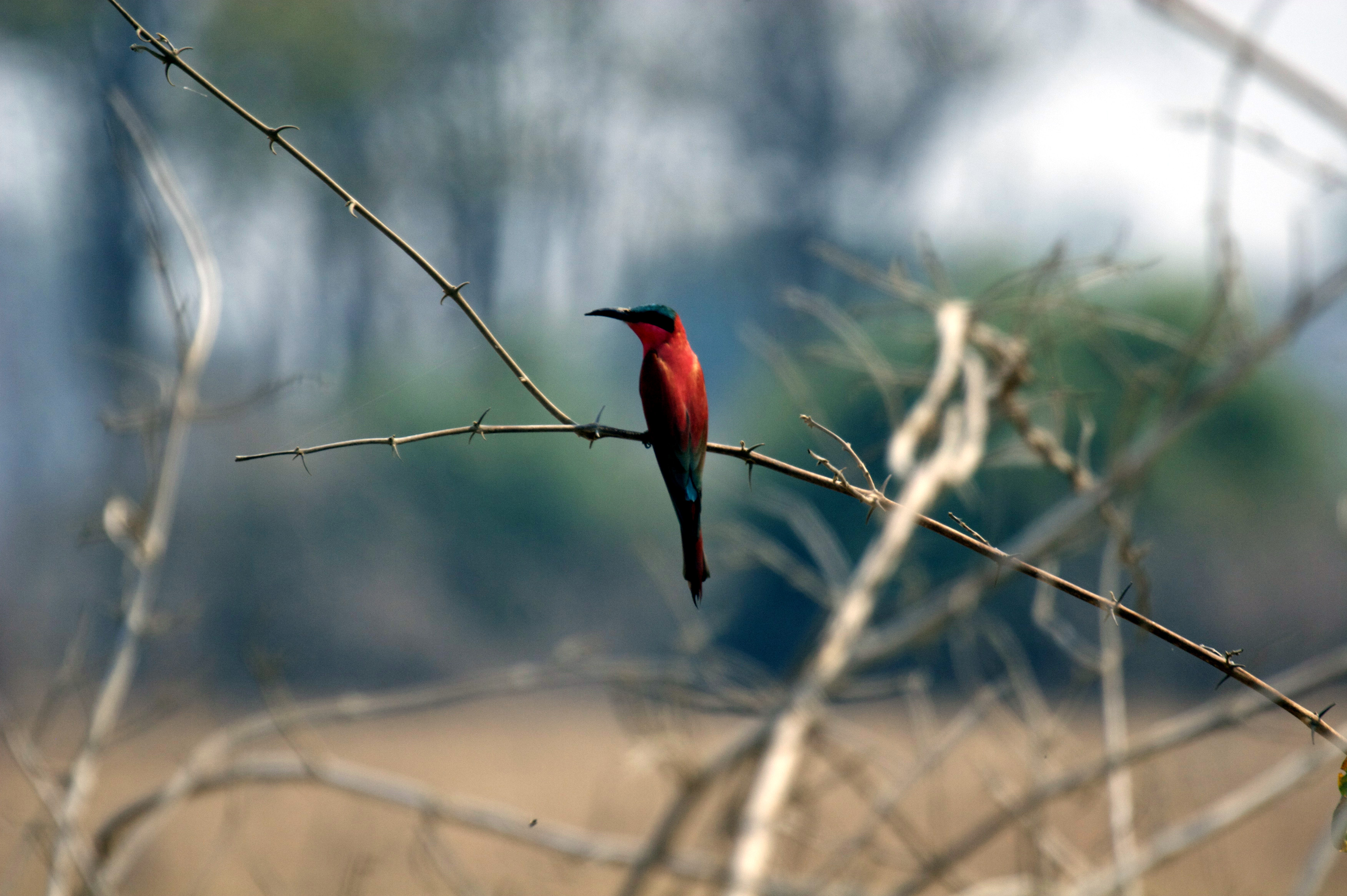Bee-eater in Zambia
Copyright© SarahDepper, via flickr, CC BY 2.0
Environmental situation Climate change and forest loss
Zambia's biological diversity is unique and is in urgent need of protection. Although the regulatory framework for environmental protection measures is in place, efforts to implement such measures are being undermined because the relevant institutions are underfunded and lack capacity.
Flora and fauna under threat
The dramatic level of logging in Zambian forests is alarming. Large sections of the population are contributing to deforestation, as most of them use charcoal for cooking. Zambia now has one of the highest rates of deforestation in the world. That is why the Zambian government agreed a Forest Partnership with the EU (External link) at the global climate conference in November 2022 in order to address this issue. The spoil heaps from copper mining and the inappropriate management of toxic mining by-products are additional sources of environmental pollution, affecting rivers and groundwater in particular.
Zambia has designated large parts of its territory as national parks. Nevertheless, Zambia's large elephant population is under serious threat from poaching. The black rhinoceros is native to Zambia but the population has been wiped out once already and efforts to reintroduce the species have only recently begun.
As at: 30/10/2023
